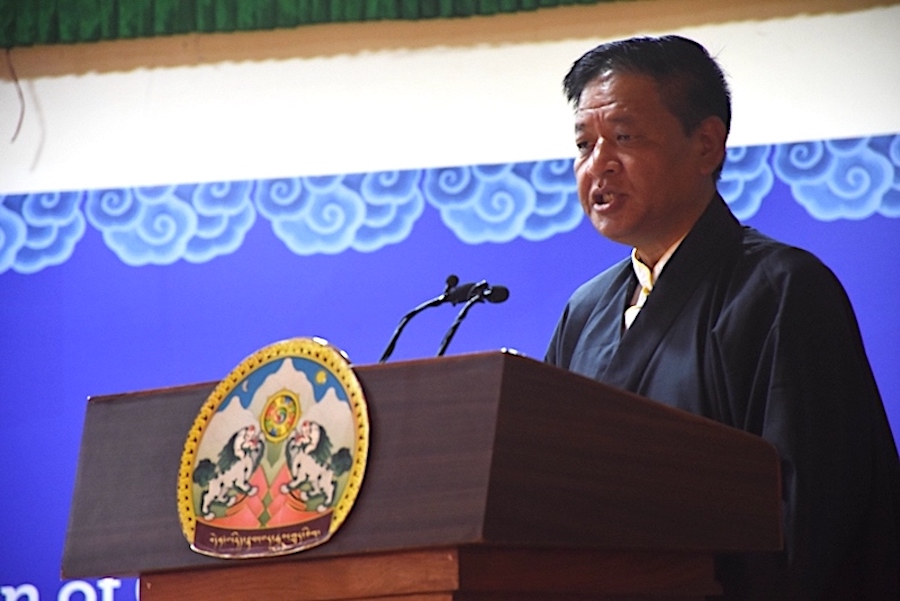By Tsering Namgyal
Think Different.
The spate of self-immolations inside Tibet is not only mind-boggling but also extremely complex and it challenges us to look at it in new ways. It calls for a whole new discourse on Tibet.
Why a place that had captured the imagination of so many for such a long time still remains so completely mysterious, to the extent that it is asking to be understood through the language of death?
Now turning to issue, the primary confusion lies in the fact that while the means and the end of the act itself are the same, the context and the milieu in which they are occurring, or had occurred, could not be more different.
In the Middle East, in the countries such as Egypt and Tunisia, it was a protest by its own people against their own rulers while in Tibet, it is against a state and its policies used to rule a tiny and restive minority. The only commonality in both places is that it is an extreme form of communicating desperation.
However, in the Middle Eastern countries, the self-immolation is a political protest, while in Tibet it is also a political act but it is more of a ritual – suffused with Buddhist ideals.
(Indeed, the core of what they fear is the destruction of Buddhism and the Tibetan language in which it is preserved. They are not asking for a parliamentary style democracy but a return of the Dalai Lama.)
Now, while the message of the political protest is clear and direct and its discourse widespread, it is, unfortunately, not so for rituals, where communication is more complex and conditional.
The Western constructs and discourse of understanding the cultural context in which the self-immolations in Tibet are bound to be ineffective. (The word “desperation” — the most common word used to explain the phenomenon — has become a tired cliche in this case.)
Another considerable distinction is that most of the countries in which they had occurred are post-colonial while Tibet is not.
(This is partly why despite its concern for human rights, the West, both the governments and the media, apart from occasional lip service had been conspicuously silent.)
Undergirding such extreme acts of desperation inside Tibet (remember self-immolation is not a suicide and the latter is an act of selflessness) is, paradoxically, a sense of hope. Revolutions are almost always a function of hope. While it is certainly wrong to encourage people to end their lives, it can at least persuade us look at the situation and think differently.
The author is a writer and journalist based in Minneapolis, US.
[OPINION-DISCLAIMER]









